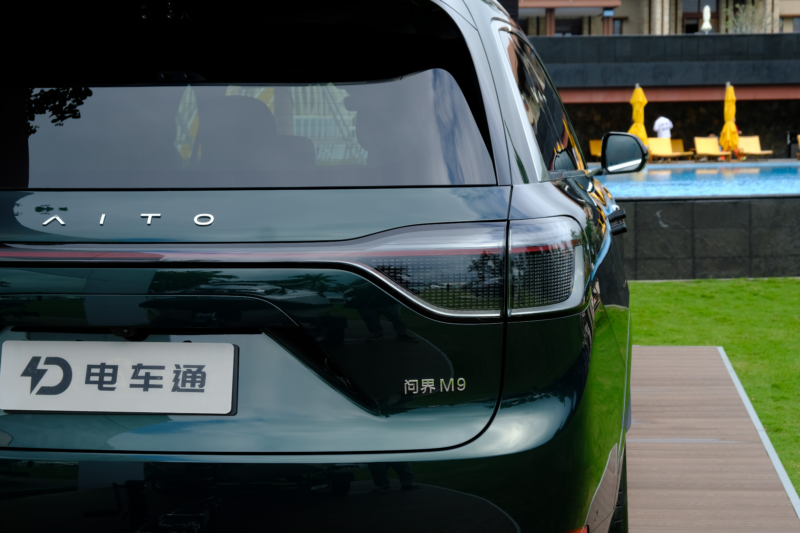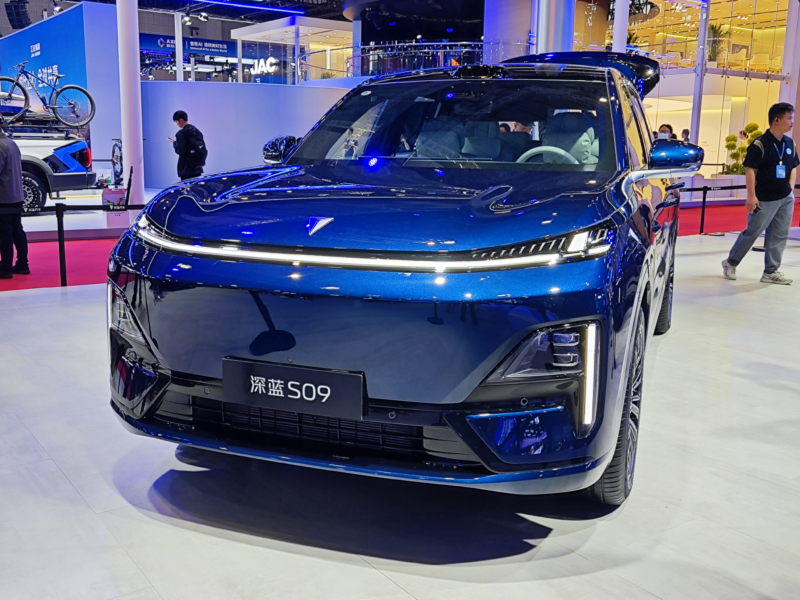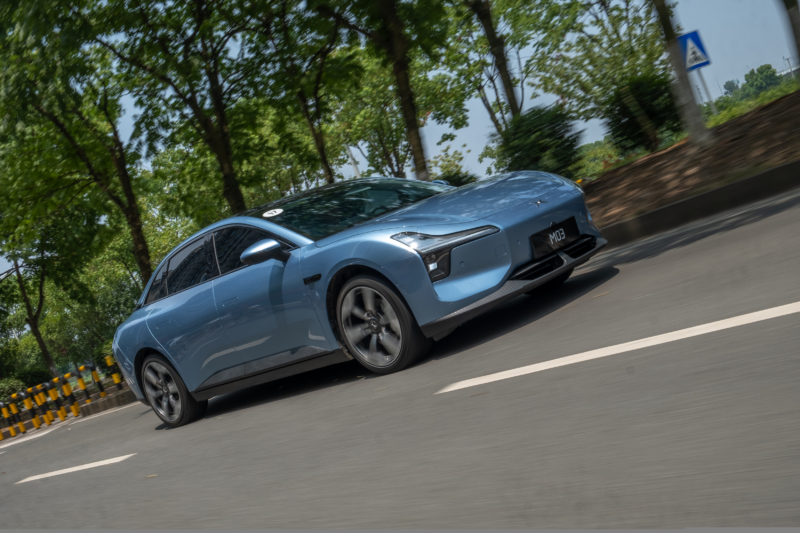Chinese new energy vehicle startups’ mid-year report: only Xpeng on track for 2025 EV sales targets
With the first half of 2025 now complete, new energy vehicle (NEV) manufacturers are releasing their latest sales figures. While many startups show significant year-over-year growth, a closer look at their target completion rates reveals a stark reality: only Xpeng has surpassed the 50% mark, with most falling below 40%.
Here’s a breakdown of the performance of key NEV startups:
| Brand | H1 Cumulative Sales (Units) | 2025 Sales Target | Target Completion Rate |
|---|---|---|---|
| Xpeng | 197,189 | 380,000 | 51.89% |
| Xiaomi | Over 157,000 | 350,000 | Approx. 44.86% |
| Leapmotor | 221,664 | 500,000-600,000 | 36.94%~44.33% |
| Deepal | 143,000 | 400,000 | 35.75% |
| Li Auto | 203,938 | 640,000 | 31.87% |
| Voyah | 56,128 | 200,000 | 28.06% |
| Avatr | 59,084 | 220,000 | 26.86% |
| Nio | 114,150 | 440,000 | 25.94% |
| HIMA | 204,172 | 1,000,000 | 20.42% |
| IM Motors | 18,430 | 100,000 | 18.43% |
The 200,000-unit club: strong sales, varied target achievement
Xpeng, Leapmotor, Li Auto, and HIMA have all achieved over 200,000 units in the first half, solidifying their positions among China’s top NEV sellers. However, their target completion rates vary significantly, primarily due to differing initial sales targets.
Xpeng stands out as the only brand to exceed 50% of its annual target, reaching 51.89%. With a 2025 sales target of 380,000 units, Xpeng’s goal, while 100,000 units higher than last year’s 280,000 (of which only 190,068 were sold, a 67.88% completion rate), appears more conservative. Thanks to popular models like the Mona M03 and P7+, Xpeng’s H1 sales have already surpassed its entire 2024 performance. Should the growth of these models continue, Xpeng might even revise its annual target upwards. However, with these models primarily focused on sedans, expanding into the pure electric SUV market with the upcoming G7 will be crucial for sustained growth.
Leapmotor leads in overall NEV sales for the first half, demonstrating significant scale through its popular C-series. While its brand image is centred on high-value family cars, this strategy has proven effective. Leapmotor plans to launch the B01 pure electric sedan in H2 to compete with Xpeng’s Mona M03. Interestingly, Leapmotor aims to introduce its D-series, priced around 300,000 yuan (42,000 USD), next year. Achieving sales leadership with the D-series will require a shift in marketing to alter consumer perceptions.
HIMA‘s ambitious one million-unit annual target appears challenging. While high targets can reflect product confidence, they can also induce anxiety. Seres, a key partner, has a more realistic target of 550,000-600,000 units, which seems achievable given current Aito sales. HIMA’s reliance on Aito is evident, and while the other three partners are growing steadily, the potential of the upcoming SAIC-Huawei brand Shangjie remains unknown. To reach 1 million units, the brand would need to sell over 130,000 units per month in H2, a significant leap from its current monthly average of 40,000-50,000 units.

Xiaomi Auto, despite not reaching the 200,000-unit mark, has achieved nearly 50% of its target in H1 with just the SU7 and its phase-one factory. This performance is likely to be the envy of competitors. With the newly launched Xiaomi YU7 and the operational phase-two factory, Xiaomi Auto has a strong chance of hitting its 350,000-unit annual target in the second half.
Below 40% completion: what went wrong?
For NEV brands with H1 sales below 200,000 units and target completion rates under 40%, the reasons range from overly ambitious targets to underperforming products.
Deepal and Nio both surpassed 100,000 units in H1. Deepal, perhaps overly confident after achieving an 87.11% completion rate (243,894 units) against a 280,000-unit target last year, set a 400,000-unit goal for 2025. Current sales indicate that only the Deepal S05 and S07 are competitive, while the L07, SL03 sedans, and the G318 off-road SUV are far from becoming bestsellers. The newly launched Deepal S09, despite its strong overall capabilities and 21,168 pre-orders, still needs to prove its long-term market success.

Nio’s 440,000-unit target, significantly higher than last year’s 230,000, is reportedly crucial for the company to achieve profitability in Q4. While Nio’s H1 sales show over 30% year-over-year growth, this pace isn’t enough to match its ambitious target. If Nio had maintained last year’s 230,000-unit target, its completion rate would be 49.63%. The sub-brand Onvo, with its L60 ranking third in the 200,000-300,000 yuan (28,000 – 42,000 USD) pure electric SUV segment in May, is tasked with driving volume. However, it struggles to challenge the Tesla Model Y and lacks a significant lead over other domestic competitors. The higher-positioned Onvo L90 carries a heavier sales burden. Onvo’s brand influence is still developing, relying heavily on Nio.

For Voyah and IM Motors, whose sales targets are not excessively high but whose completion rates remain low, factors like product positioning and brand awareness are hindering their ability to create bestsellers. However, Voyah, through its deeper collaboration with Huawei, is showing signs of change. The Voyah Dreamer has sold nearly 30,000 units in the first five months of the year, attracting family and business users seeking quality mobility, thanks to Huawei’s technology and its own strengths.
Source: Sina



